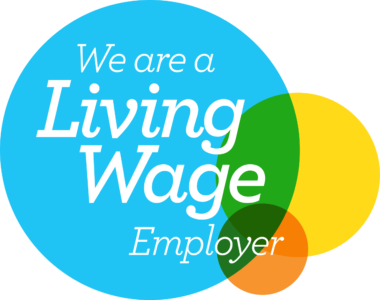All social housing landlords are preparing and implementing measures to comply with the new laws in place for hazardous emergencies and risks as Awaab’s Law officially takes effect.
You will leave yourself in serious legal jeopardy if you fail to prepare and ignore the regulations in place, especially as you have a duty to ensure your tenants are living comfortably and safely.
The consequences of not fulfilling your legal obligations
Following Awaab’s Law is solely your responsibility, not that of your tenants, support staff or contractors. Any failings lie at your door and that has serious consequences.
If you fail to address your tenant’s concerns within the specified timeframes, you run the serious risk of costly legal cases and punishments, which can be anything from substantial fines to enforcement notices and criminal investigations.
Under Awaab’s Law, how will I need to address emergency hazards?
As well as ensuring your tenants are living comfortably and safely within your property, the premise of Awaab’s Law is to ensure social housing landlords are addressing emergency hazards such as:
- gas and carbon monoxide leaks
- broken boilers
- major issues with damp and mould
- loss of water supply
- exposed electrical wires,
- broken windows, doors and structural issues.
Under the new laws, you will have a 24-hour window to work with the moment a tenant reports an emergency hazard to you.
In that window, you have two primary objectives to complete.
- Investigate the property to find the reported hazard.
- Make the property safe.
You should be keeping a record of each action and conversation that has taken place to prove you have acted efficiently.
You should hire the necessary workers to address the issues and clarify details with them and report back to your tenant on what the investigation found, what work has been done and the future work if needed.
This ensures you are fulfilling your legal obligations and reduces the risks of any legal challenges or involvement.
Do significant hazards need to be addressed differently?
A significant hazard is something in your property that could or is already causing serious harm to your tenant’s health and safety, mainly caused by damp and mould.
There is only one major difference between the hazard classifications and that is the timeframes for responding.
Essentially, you have a bit more breathing space to address any significant hazards in your property, but the premise is exactly the same. It is your responsibility to ensure investigations and repair work are completed within the timeframes.
Any report from a tenant needs to be investigated within ten working days and the property needs to be safe within five working days of your investigation concluding.
It is important to note that if further work is needed after the initial investigation on both emergency and significant hazards, you must start this work within five working days of your investigation concluding and all work must be completed within 12 weeks.
If you cannot meet the timeframes in place, you need to find your tenants alternative accommodation until the property is safe for them to live in.
How we can help
Following the Awaab’s Law regulations is the sole responsibility of the landlord.
You need to know the new laws, understand them and ensure you are following them should a tenant raise any concerns in the future.
We can help with that. Our goal is to ensure you are practising compliantly and understand these laws and how they impact both you and your tenant.
It is your legal responsibility to comply with Awaab’s Law and failing to do so has serious consequences, you need to act now before it’s too late.
For expert advice and support on all things Awaab’s Law, contact our team today.
The content of this article is for general information only. It is not, and should not be taken as, legal advice. If you require any further information in relation to this article please contact the author in the first instance. Law covered as at November 2025.









